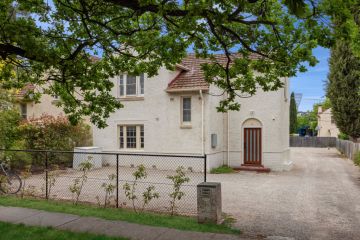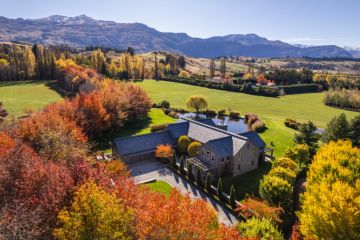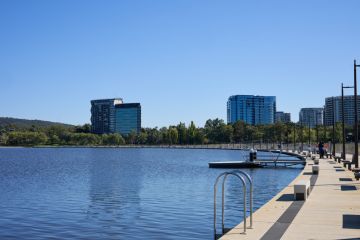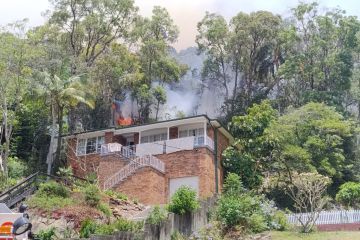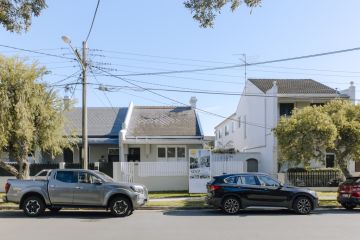Snowy Valleys: How to support and enjoy the communities affected by bushfires
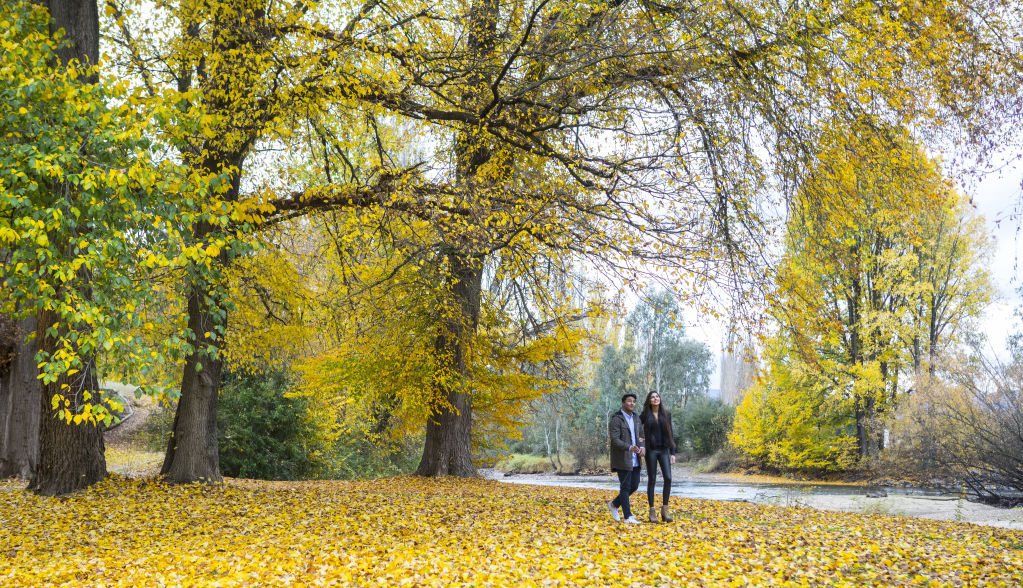
The Snowy Valleys region holds a special place in the hearts of rural NSW residents and beyond, where beauty is found in every season and in every town.
At the start of the year, the region felt the brunt of the Dunns Road fire that ravaged through the Kosciuszko National Park and burned more than 330,000 hectares of land. The neighbouring towns were described as “not defendable” by the Rural Fire Service ahead of the fire.
The region has faced some unimaginable scenes but despite this, are coming back stronger than ever before and welcoming visitors into the valley that boasts picturesque views, endless places to explore and local craft beers, ciders and wines to savour.
Batlow
Distance: 429 kilometres south-west of Sydney, 499 kilometres north-east of Melbourne, 224 kilometres south-west of Canberra
Renowned for: The best apples in the country, if not the world
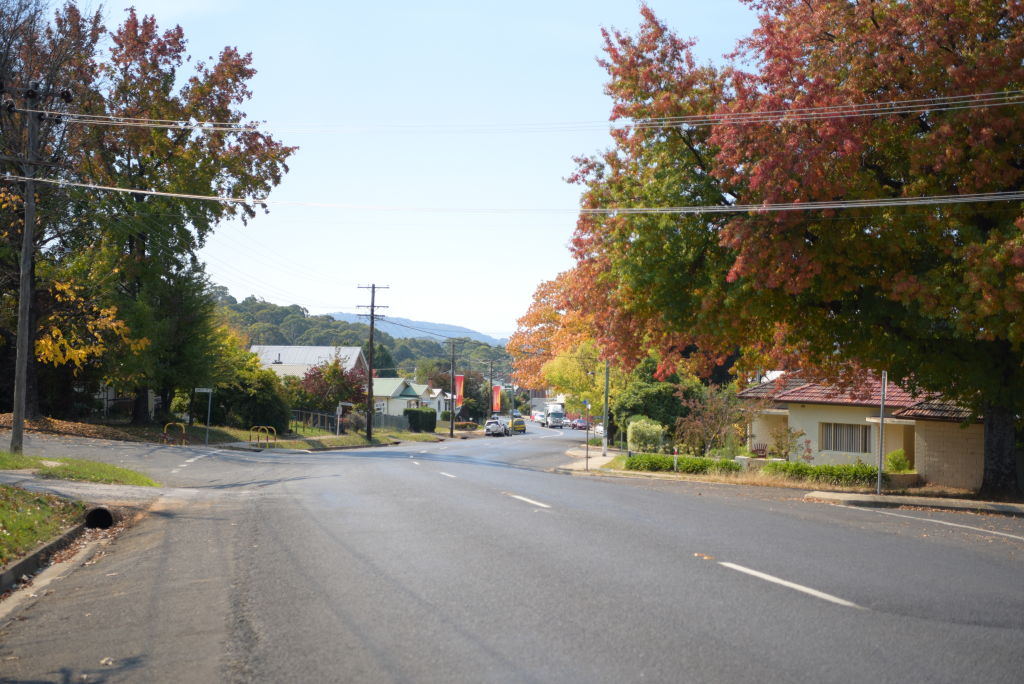
As the apple capital of Australia, Batlow is a small town with a bold heart.
They say farmers are resilient folk and this couldn’t be more true for the people of Batlow. Not even the fires that tore through this area could break them.
As you navigate through the streets, there’s evidence of the gut-wrenching summer that’s just passed but Batlow locals will give you a heartfelt country smile. They’re simply happy to see visitors returning to their still picturesque part of the world.
Driving into the town from Tumut way, there are two roadside stalls opposite each other that you must stop in. Both apple growers were affected by fire, but both have managed to reopen to once again satisfy the taste buds of tourists – Wilgro Orchards and Mouat’s Farm. Peruse their array of freshly picked, tree-ripened fruit and have a good old fashioned face-to-face chat to the growers themselves.
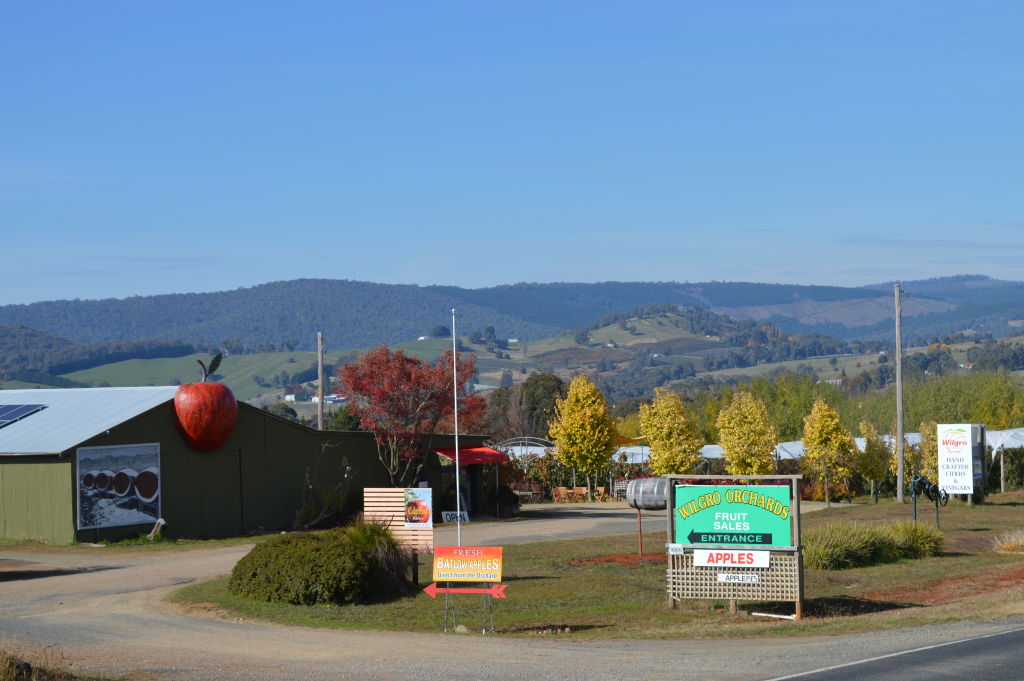
Of course, a visit to the apple capital wouldn’t be complete without a bubbly cider to quench your thirst. Heading out of town towards Tumbarumba is Crafty Cider – a family-run cider maker made from homegrown apples.
Visit the cellar door to get a taste of this small-batch brew and while there, head over to the Smart Animal Sanctuary & Rehoming Centre run on the same stretch of farmland – perhaps you can’t resist taking home more than fond memories of Batlow.
Tumbarumba
Distance: 473 kilometres south-west of Sydney, 461 kilometres north-east of Melbourne, 257 kilometres south-west of Canberra
Renowned for: Cold climate wines like chardonnay and pinot noir
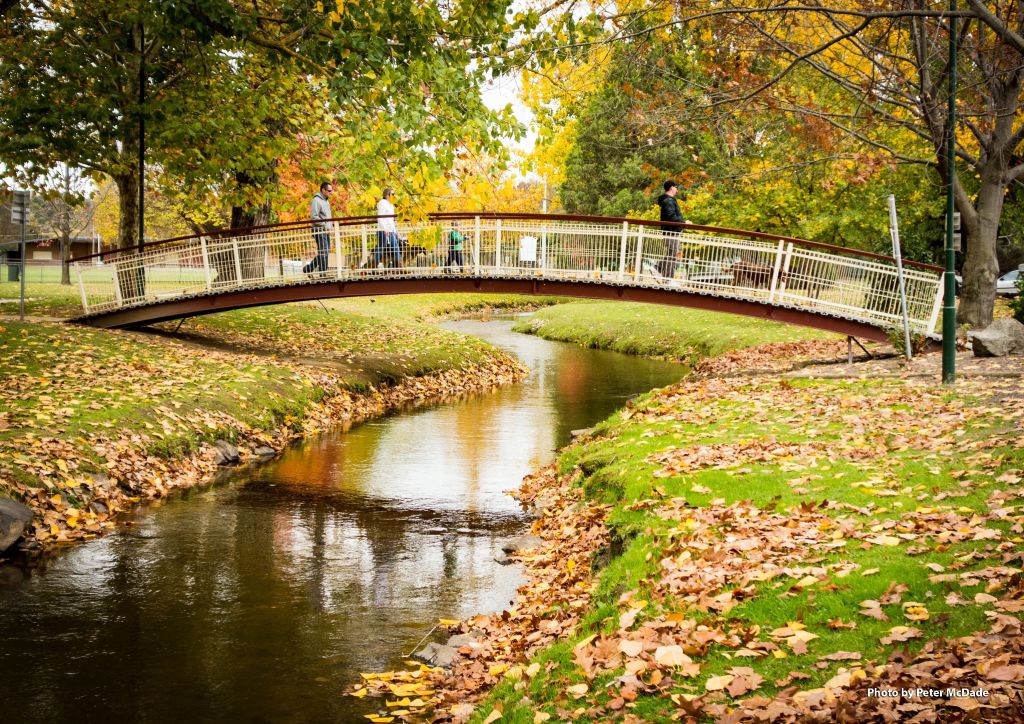
It might sound like a type of dance, but Tumbarumba is a town rich in heritage.
It’s most popular for growing premium grapes that make for some of the best sparkling in the country. In fact, it’s the coldest wine growing region in the country.
A trip to Tumba (as the locals call it) wouldn’t be complete without a stop to Tumbarumba Wine Escape.
“People can sample our delicious wine which is sourced from our family-owned vineyard while they enjoy the spectacular views over the dam and across the valley towards the Snowy Mountains,” says owner Simon Booth.
“It’s also a very personal experience as you get to chat to us – the people who look after the vines and help craft the wine from vineyard to bottle. We also offer a range of other beverages as well as grazing platters featuring a range of locally sourced goodies.”
“It’s a great place to try some local Tumba wine, but also just to unwind.”
By goodies, Booth is referring to the homegrown truffles, nuts, stone fruits and apples.
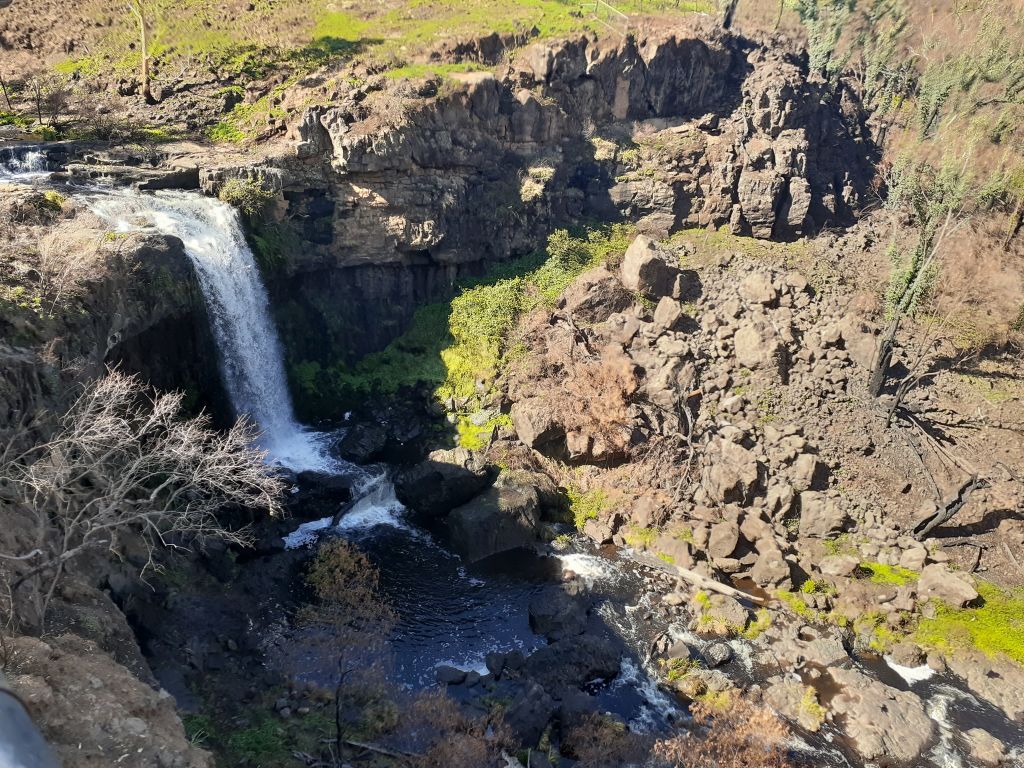
He also recommends paying a visit to a few other local treasures like Yarrangobilly Caves, Pioneer Women’s Hut Museum and Paddy’s River Falls, as well as other cellar doors Courabyra Wines, Johansen Wines and Obsession Wines when they are both back open for business.
“[Tumbarumba] is a small town with a strong community spirit and sense of vibrancy all set in such a stunning location. Tumba’s reputation for rugged scenery and world-class local produce is growing. It also feels very remote and wild,” adds Booth.
Adelong
Distance: 411 kilometres south-west of Sydney, 501 kilometres north-east of Melbourne, 196 kilometres south-west of Canberra
Renowned for: The charming heritage-listed main street
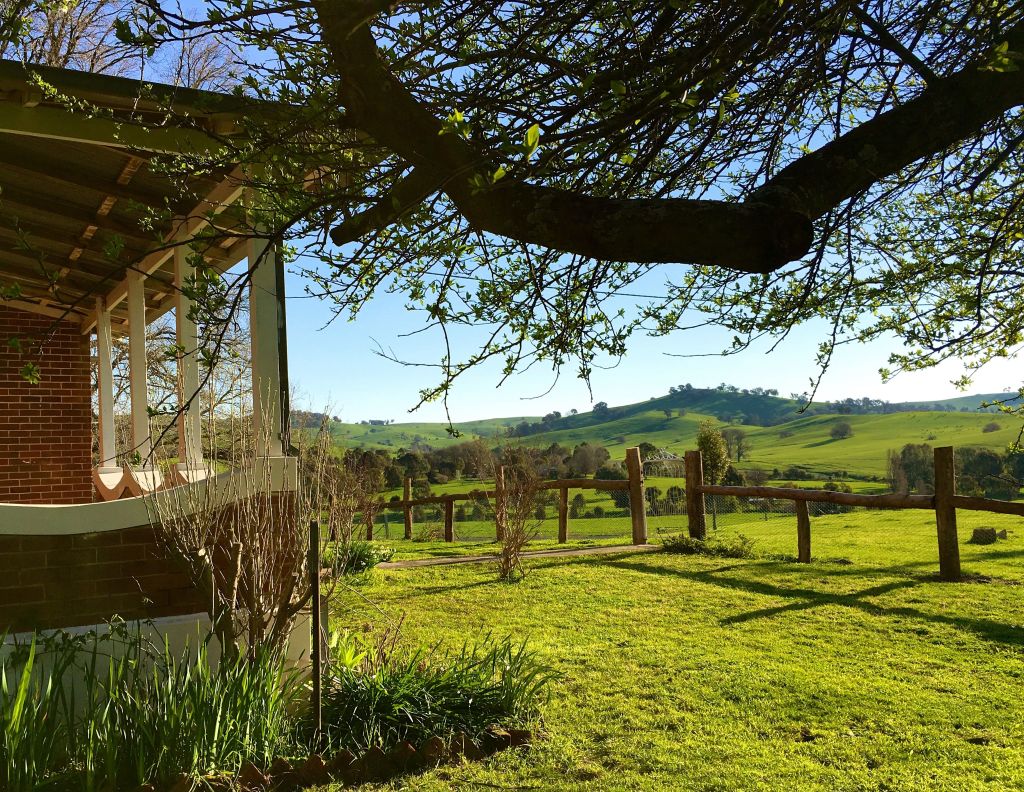
On the banks of the Adelong Creek is the heritage gateway to the Snowy Mountains.
While the enormous Dunns Road Fire launched ember attacks that threatened the very history that defines this small town, it is now a temporary home for BlazeAid volunteers from around Australia helping to rebuild the nearby fire-affected areas.
The verandah-lined main street is heritage listed and home to buildings that date back to the gold rush era of the 1800s. Take a stroll under the leafy trees and explore the array of quaint local shops on offer.
The Royal Hotel on Tumut Street is a great to stop for a pub feed and beverage.
“My pick would be a good old steak sandwich for lunch and a delicious scotch fillet at dinner,” says owner Luke Hindmarsh.
“We also serve a lot of local craft beers including some from the Tumut River Brewing Co and Batlow Cider Co.”
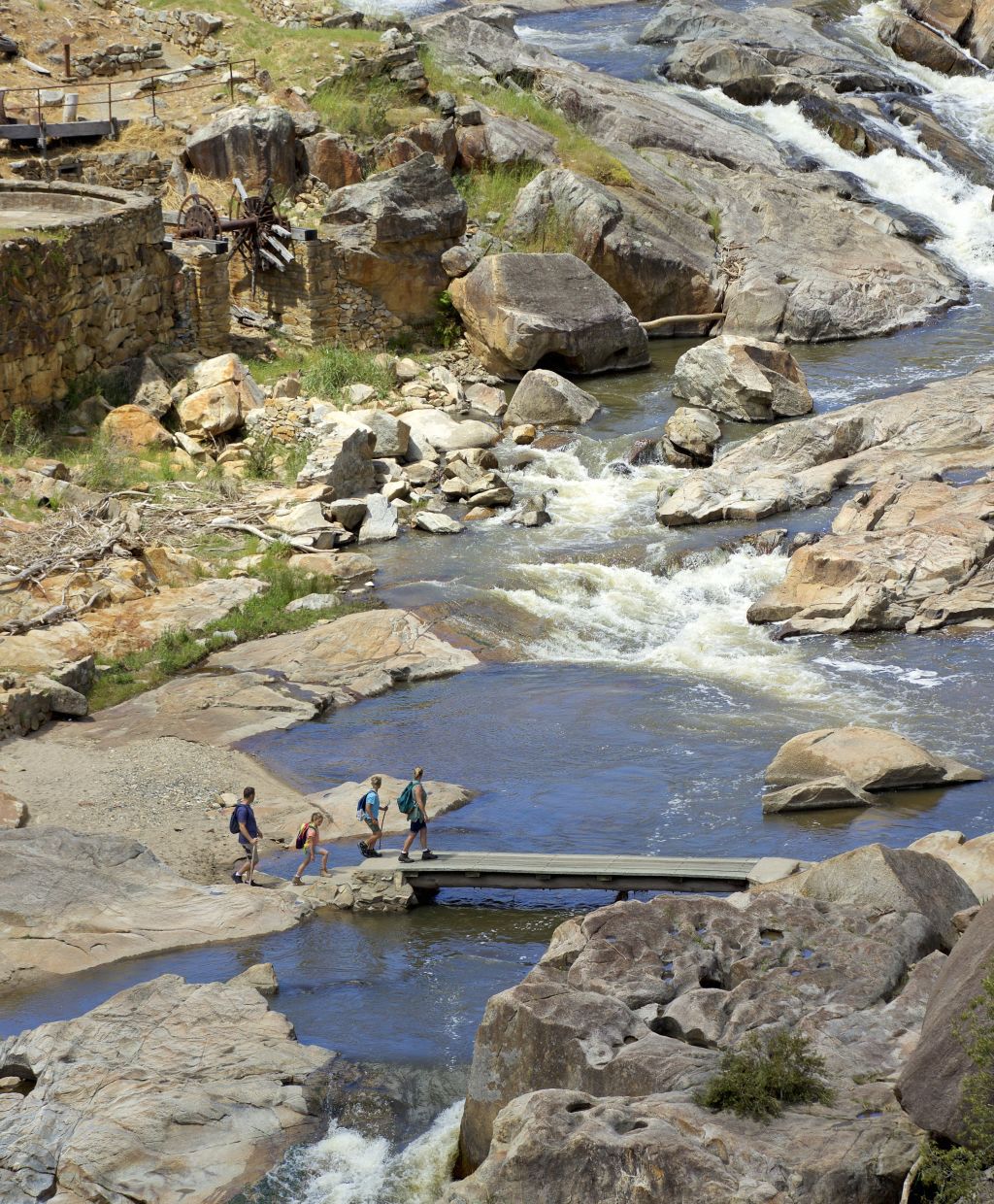
The nearby old Gold Mill Ruins are a popular destination for tourists – particularly the walk along the creek that takes you about an hour each way. Signposts along the route will help guide you on the history of the site.
There are also a few walks around Adelong Falls Reserve that take you to scenic lookouts, to Sawyer’s Gully Waterfall and past historic gold mining equipment which is still intact.
“Adelong has a good, tight-knit local community, as shown from the recovery effort from the fire. All of the community groups help to cook for the volunteers in town. They also come here for dinner every Wednesday night,” says Hindmarsh.
Talbingo
Distance: 452 kilometres south-west of Sydney, 464 kilometres north-east of Melbourne, 236 kilometres south-west of Canberra
Renowned for: Enormous dams perfect for year-round fishing and water sports
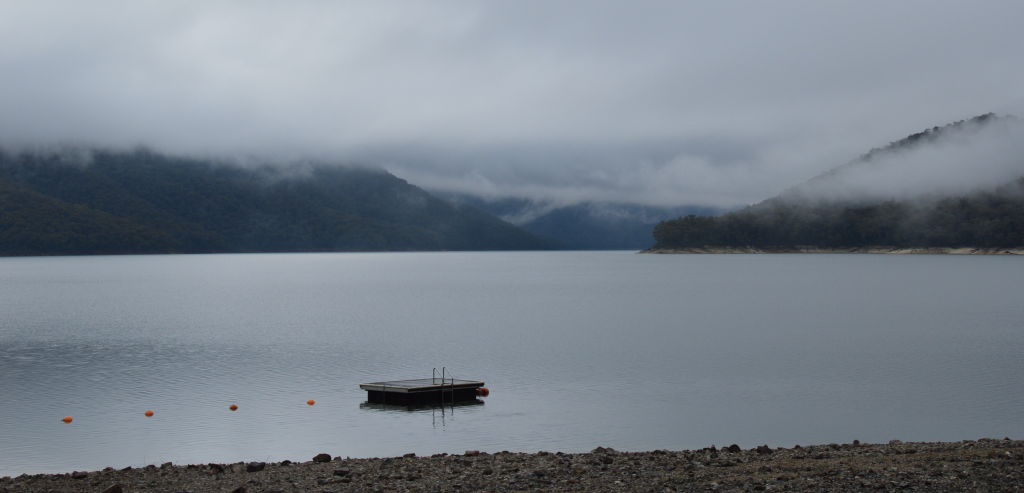
Originally a town built for the Snowy Hydro Scheme, Talbingo has become somewhat of a holiday destination popular among retirees.
Around 40 kilometres from Tumut and surrounded by Kosciuszko National Parks, there are two nearby dams to explore while visiting Talbingo.
Blowering Dam to the north is six times the amount of water than Sydney Harbour. It’s also where Ken Warby set the world water speed record in 1978 with a speed of 317.6 miles per hour. His son Dave is planning on breaking that record this year and he is currently running trials on the lake which the public can come and watch.
To the south of the national park is Talbingo Dam, which is also a popular spot for water sports and fishing.
Camping is one of the most popular options for accommodation, especially because it’s free. Campers must come prepared because there aren’t a lot of facilities – instead, it’s all about connecting with nature (with the added bonus of plenty of boat ramps to help you enter the water).
There are six campsites around the damns – two of them have been temporarily closed to due fire damage, but the other four are open.
Tumut
Distance: 411 kilometres south-west of Sydney, 523 kilometres north-east of Melbourne, 196 kilometres south-west of Canberra
Renowned for: Good beers, good coffee, hiking and bushwalking a stone’s throw from the ski fields
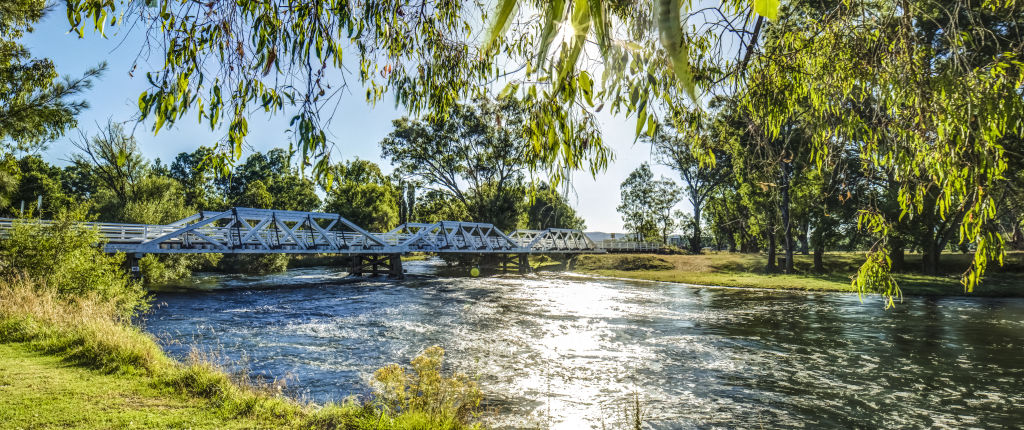
While Tumut wasn’t directly hit by bushfires, tourist visitation numbers in the region have certainly been affected.
But there is still so much to love about this idyllic little town. Derived from an Aboriginal word meaning “a quiet resting place by the river”, Tumut is just that. Reconnect with yourself by taking a peaceful walk along the Tumut River and explore the local wetlands by foot or bike.
The local Tumut River Brewing Co is open seven days a week for lunch and dinner and runs brewing tours by appointment. They have 24 taps in-house, filled only with their house-made brews and independent beers and ciders in the region.
“By far, our most popular beverage is our alcoholic ginger beer, the Ginja Ninja. It’s made with a local Batlow apple juice,” says co-founder Tim Martin.
“We also specialise in gourmet pizza and source only local ingredients where we can, for example, our smoked trout and mushrooms are local, the bacon and ham come from Junee and the cheese comes from Coolamon.”
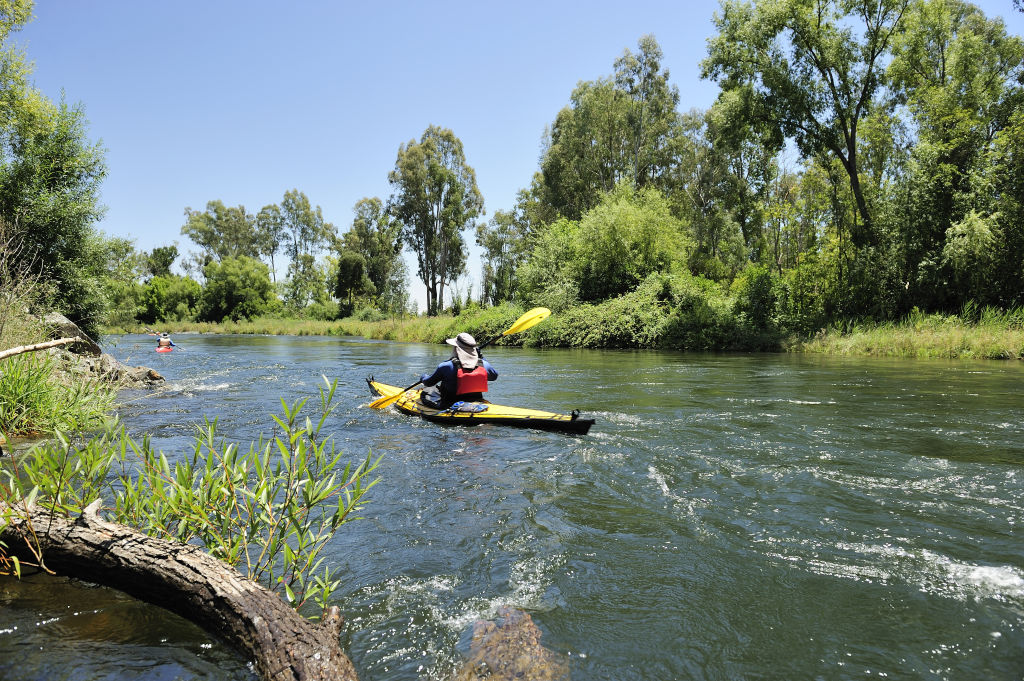
Pretty Parrot Distilling is another tasting tour option, offering gin, native liqueurs and vodka liqueurs made in a 160-year-old still (one of the oldest in use in Australia).
Martin says that Tumut presents the most spectacular resources within arm’s reach.
“Of course, some of them have been affected by fire, but we still have beautiful dams and rivers, Aboriginal artefacts, mountain bike trails and the Snowy Hydro Scheme.”
“The Riverglade Caravan Park is easily one of the most beautiful in the country and we have plenty of amazing coffee shops and coffee,” says Martin.
“It’s a phenomenal little town that no one really knows about.”
We recommend
We thought you might like
States
Capital Cities
Capital Cities - Rentals
Popular Areas
Allhomes
More
- © 2025, CoStar Group Inc.
